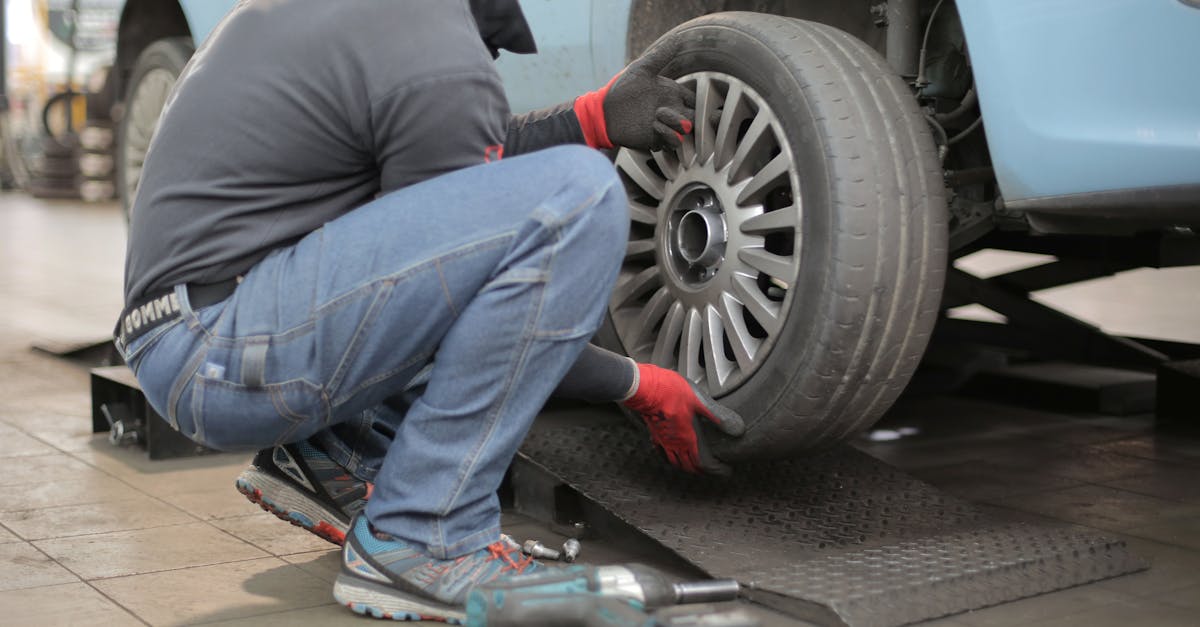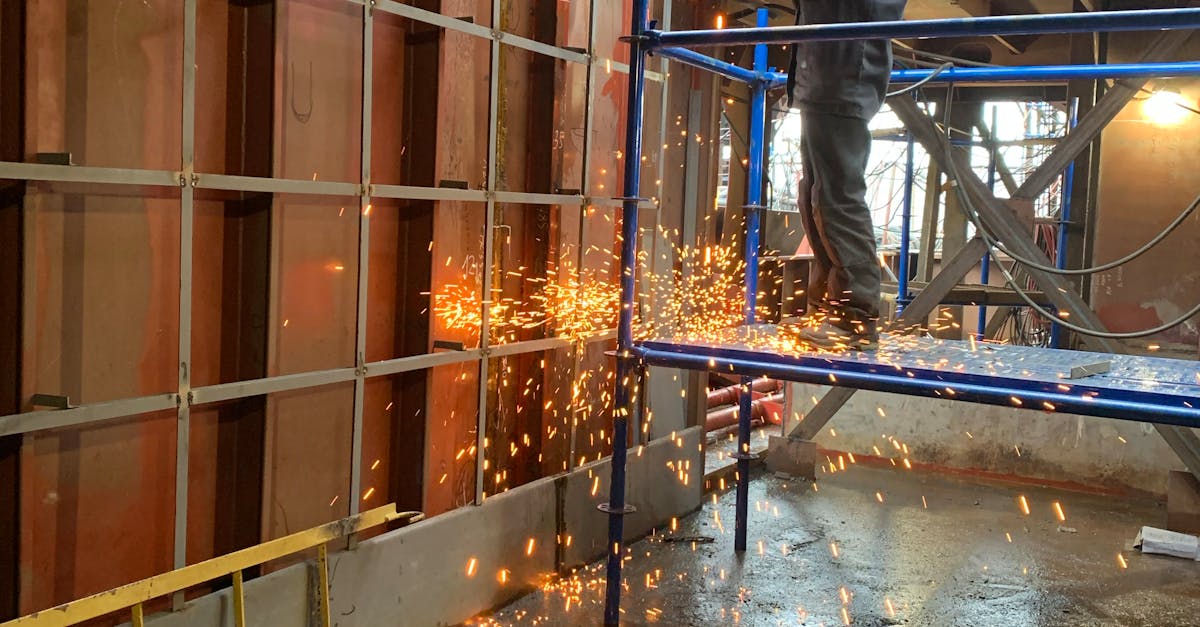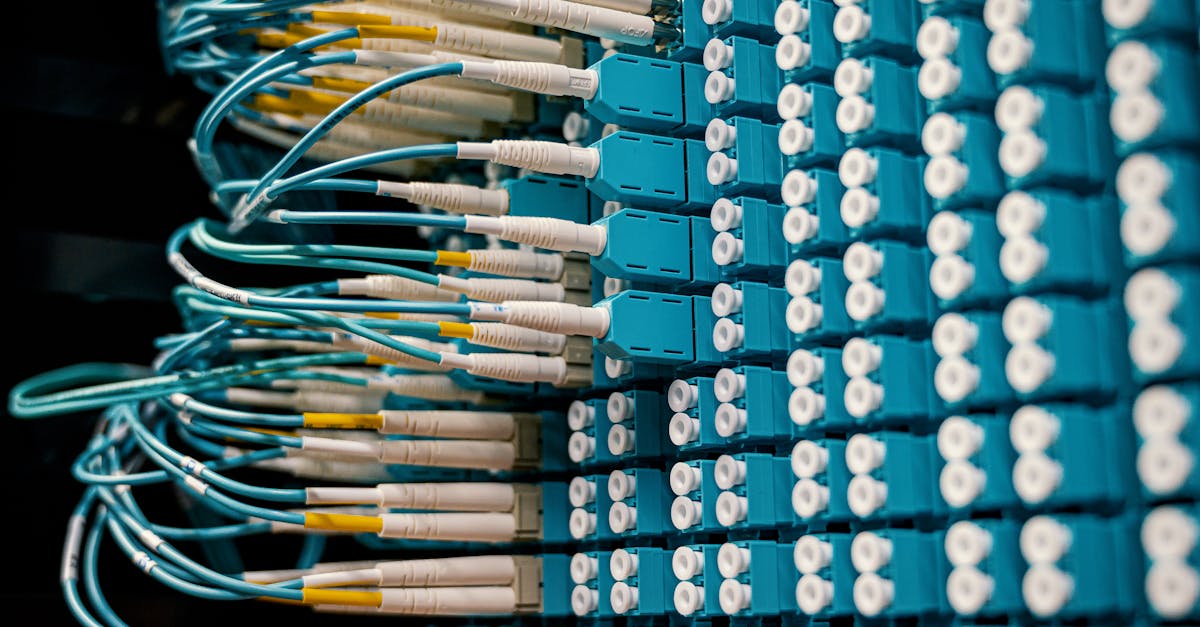
Table Of Contents
Testing and Inspecting the Gas Line
When it comes to testing and inspecting a gas line, it is imperative to ensure the utmost safety and compliance with regulations. Gas line installation and repair near me is a significant consideration when undertaking such tasks, as professional expertise is crucial to guarantee that the gas line is correctly installed and inspected for any possible vulnerabilities. In Australia, gas line installations must adhere strictly to regulations to prevent any potential hazards or leaks that could pose a danger to occupants and property.
Pressure testing is a fundamental step to verify the integrity of the gas line system. Through this process, the gas line is pressurized to detect any leaks or weaknesses. Professionals conducting these tests utilise specialised equipment to accurately gauge the pressure and meticulously inspect every connection point for any signs of leakage. Only through these meticulous procedures can individuals ascertain that the gas line is safe and in optimal working condition.
Conducting a Pressure Test
Conducting a pressure test is a crucial step in ensuring the safety and functionality of a newly installed gas line. This test involves pressurizing the line with air to check for any leaks. A pressure gauge is connected to the line to monitor the pressure level, which should remain stable over a period of time to indicate that there are no leaks. It is essential to perform this test before connecting the gas line to any appliances to prevent potential hazards such as gas leaks and explosions. Gas line installation and repair near me can assist in conducting this test accurately and professionally to guarantee the safety of the system.
Prior to conducting the pressure test, it is important to make sure that all connections and fittings are securely tightened and sealed. Any loose connections can result in leaks during the pressure test, leading to potential safety risks. Additionally, it is recommended to shut off all gas appliances and pilot lights during the duration of the test to prevent any ignition sources. By following these precautions and guidelines, along with seeking professional assistance from Gas line installation and repair near me, the pressure test can be conducted effectively to ensure the proper functioning and safety of the gas line system.
Integrating Gas Line with Appliances
When integrating a gas line with appliances, it is crucial to ensure that the connection is secure and leak-proof. Before beginning the installation process, turn off the main gas supply to prevent any accidents. Be sure to follow the manufacturer's instructions for connecting the gas line to the appliance, as different models may have specific requirements. Once the connection is complete, perform a thorough check for any leaks using a gas leak detection solution to guarantee the safety of the installation.
Gas line installation and repair near me services are available to assist with the integration of gas lines with appliances. Seeking professional help is advisable, especially if you are unsure about the correct installation procedures or lack experience in handling gas lines. By enlisting the expertise of professionals, you can ensure that the gas line is securely connected to the appliance, minimizing the risk of leaks and ensuring the safety of your home.
Connecting Gas Line to a Stove
When connecting a gas line to a stove, it is crucial to ensure that the fittings are secure and properly tightened to prevent any gas leaks. Firstly, turn off the main gas supply before beginning the installation process. Next, carefully connect the flexible gas line to the gas shut-off valve on the wall. Use a wrench to tighten the connection, being cautious not to overtighten it as this could damage the fitting.
Once the gas line is securely connected to the shut-off valve, attach the other end to the stove's gas inlet. Again, use a wrench to tighten the connection, checking for any signs of leakage once the connection is secured. If you detect a gas leak at any point during the installation process, immediately turn off the gas supply and seek professional assistance for gas line installation and repair near me.
Understanding Gas Line Regulations
When dealing with gas line installations, it is crucial to adhere to the relevant regulations set forth by local authorities. Failing to comply with these regulations can not only result in fines but also pose significant risks to the safety of individuals and properties. Therefore, before embarking on any gas line installation project, it is imperative to familiarize oneself with the specific regulations in the area of operation. Searching for “Gas line installation and repair near me” can help you identify qualified professionals who are well-versed in local gas line regulations and can ensure a safe and compliant installation process.
The regulations governing gas line installations are in place to guarantee the safety of occupants and properties by preventing potential gas leaks and hazards. These regulations outline the proper procedures and standards that must be followed during the installation and repair of gas lines to mitigate any risks associated with gas leaks or malfunctions. By engaging with certified professionals who understand and abide by these regulations, you can rest assured that your gas line installation is conducted in a safe and compliant manner, reducing the likelihood of any unforeseen incidents.
Compliance with Local Building Codes
Before commencing any gas line installation or repair work, it is imperative to ensure compliance with local building codes. In Australia, adherence to strict regulations regarding gas line installations is paramount to maintain the safety of individuals and property. Local building codes dictate the specific requirements and standards that must be followed when installing or repairing gas lines. To avoid any potential hazards or legal ramifications, it is crucial to familiarise oneself with the relevant regulations governing gas line installations in the specific area of operation. Individuals searching for "Gas line installation and repair near me" should actively seek out professionals who possess a comprehensive understanding of these regulations to guarantee a safe and compliant installation process.
Neglecting to adhere to local building codes and regulations for gas line installations can result in serious consequences, including legal penalties and, more critically, jeopardising the safety of occupants. Building codes are designed to maintain a consistent standard of safety across all gas line installations to prevent accidents such as leaks or explosions. Additionally, compliance with these regulations ensures that the installation process is carried out correctly, reducing the likelihood of future malfunctions or breakdowns. Authorities responsible for enforcing building codes pay close attention to gas line installations to uphold the safety of the community at large. Therefore, always prioritize compliance with local building codes to guarantee a secure and reliable gas line installation.
FAQS
What safety precautions should I take before installing a gas line?
Before installing a gas line, it is crucial to ensure that you have the necessary knowledge, skills, and tools to handle the task safely. Make sure to turn off the gas supply, wear appropriate safety gear such as gloves and goggles, and work in a well-ventilated area.
Do I need any specific tools to install a gas line?
Yes, you will need specific tools such as a pipe cutter, pipe wrench, gas leak detector solution, pressure gauge, and pipe thread sealant to properly install a gas line. It is important to use the correct tools to ensure the installation is done accurately and safely.
How can I check for gas leaks after installing a gas line?
To check for gas leaks after installing a gas line, you can use a gas leak detector solution. Apply the solution to all connections and joints along the gas line. If bubbles form, it indicates a gas leak that needs to be addressed immediately.
Are there any regulations I need to follow when installing a gas line?
Yes, it is essential to understand and comply with gas line regulations and local building codes when installing a gas line. Failure to follow these regulations can result in safety hazards, fines, or legal consequences. Always consult with a professional or local authorities to ensure compliance.
How often should I inspect and maintain a gas line after installation?
It is recommended to inspect and maintain a gas line regularly to ensure its safety and efficiency. Check for leaks, corrosion, and proper ventilation periodically. If you notice any issues or suspect a gas leak, seek professional assistance immediately to address the problem.


